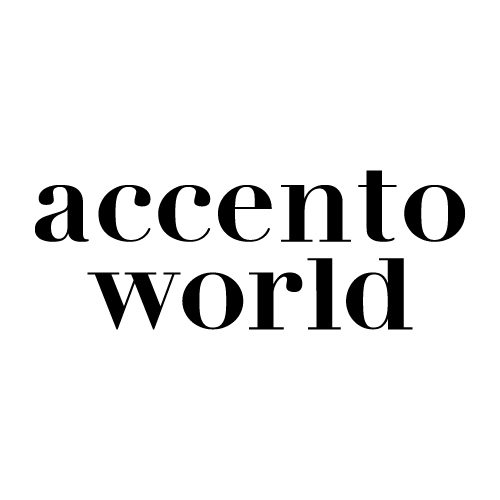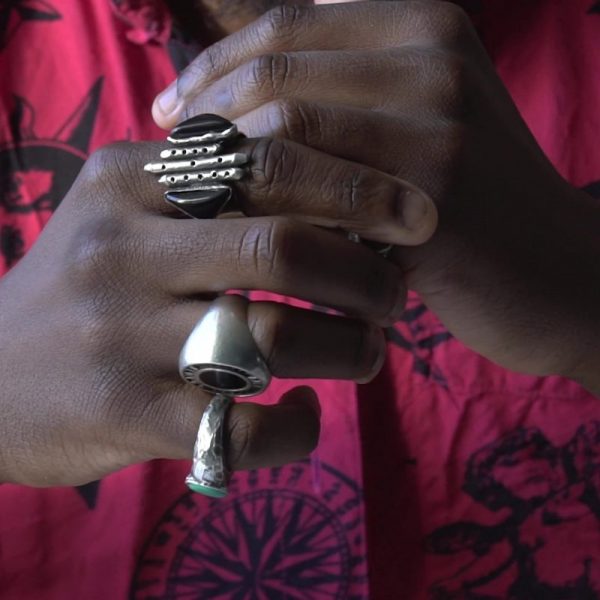ITALIAN AMERICAN

Accento
When nonno went to the sciuscià
Words by Bianca Pirrelli
By the 1920s and 30s, the first generation of immigrant’s children were already growing up as Americans, which entailed first and foremost a new language.

Do you happen to call your grandparents nonno and nonna, or variants of the two? Have you ever wondered why and where it comes from? You are probably part of an Italian family or of Italian descent, whose members arrived in the United States from Italy, like many people did around the 1800s and 1900s
A rich history outlines the dynamic relationship between Italy and the United States. The great migration of the late 1800s and early 1900s is a remarkable event: hundreds of thousands of Italians embarked for the Nuovo Mondo – New World – to seek a new life and new opportunities.
By the 1920s and 30s, the first generation of immigrant’s children were already growing up as Americans, which entailed first and foremost a new language, a new culture, and sometimes even new names – more Americanized. As a result, an increasingly evident cultural gap formed between them and their parents’ generation, which was often the cause of the loss of their first language. At the same time, however, these generations were able to pass down their regional expressions, their dialects, which were able to survive, to flourish again in the following generations and arrive to our days.
The Italian we know today was spoken as a second language.
It is important to remember that Italian migration in the United States started before the Italian unification in 1861, before which many different languages and dialects were spoken around the peninsula and regional differences were still very strong and marked, both from a linguistic and an ethnic point of view. Actually, these waves of migrations have mostly concerned the central and southern regions of Italy.
The Italian we know today – that is standard Italian – was usually spoken in school, as a second language: each region had (and still has) its own beautiful regional language, for example Sicilian or Neapolitan – which, themselves, have a wide range of varieties. Moreover, we must consider other non Italo-Romance minority languages, like Griko or Arbëresh.
The largest Italian American communities are concentrated in the Northeastern area of the US: New York State, New Jersey, Connecticut, Massachusetts, Pennsylvania, Rhode Island, Illinois, Delaware and in urban industrial Midwestern metropolitan areas. Big communities are also in California and in Florida, or in the South, in areas like Kansas City, New Orleans and states like Mississippi, Louisiana and Alabama.
A new variety of the language is born.
Like many other ethnic groups who emigrated to the Americas, Italians often lived in defined areas, generally known as Little Italy and they continued to speak their original language as much as possible. Once disembarked at Ellis Island, the migrants arrived in the major communities of Italians, usually trying to connect with fellow travelers, while also trying to integrate and get used to a completely new life. Little by little, the new American words entered their daily lives and – filtered by the Italian perspective – resulted in a new variety of the language. New York – and Brooklyn in particular – played a big part for the Italian communities; named after its place of origin, a new language called Broccolino came to be and has produced terms like goomba, which derives from cumpà/compare – “godfather” or “good friend” – or sciuscià, from “shoe shine”, that is lustrascarpe in Italian. Other expressions are orrioppo, coming from the sounds that were perceived and reproduced when hearing “hurry up”; or wazza mara you, i.e. the transliteration of “what’s the matter with you”. The same process resulted in words like vascinga mascina and vachiuma clina, that are “washing machine” and “vacuum cleaner”.
It is a unique mix of regional and standard Italian and English, mainly involving the phonological aspect of the languages. And, although there is a process of linguistic shift toward English with the following generations, this new language is an important part of the Italian American culture. Now, the use of Italian has more of a symbolic value, linked to particular contexts and group practices.
Language, identity and Italianness.
According to the United States Census Bureau (2019), around 16 million people report having an Italian ancestry, and 539.546 claim to speak Italian (with various levels of fluency). But how much is language interwoven with Italianness? Can we define our own identity through the language we speak?
Yes and no. Each of us has a thread of memories and experiences that make us who we are, regardless of what we “show” or “present” on the outside. Granted, language constitutes our cultural individuality, it shapes our thoughts and, in turn, the dialectic through which we express ourselves is a reflection of our ideas. So, language is our identity while our identity is not only language. It is only us who can define who we are. Whether you consider yourself Italian, Italian American or American, heritage and language play a big role in a person’s growth and development and nobody can take it away from us.
“Today, Italian Americans are represented throughout U.S. society, from the Supreme Court to the National Academy of Sciences to the National Basketball Association. More than one hundred years after the great era of Italian immigration began, the children, grandchildren, and great-grandchildren of the original immigrants continue to celebrate the heritage that their forebears brought to their new home.” From A Century in the Spotlight, the Library of Congress, Immigration, Italian ( ).


